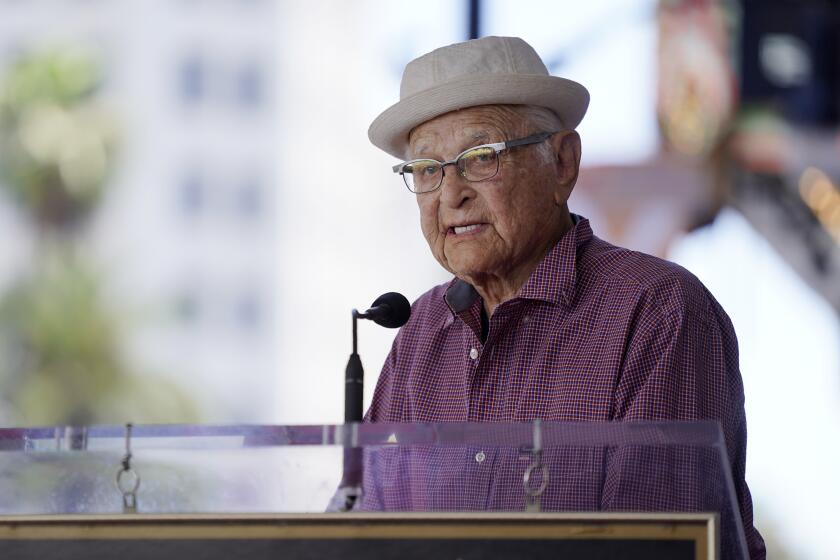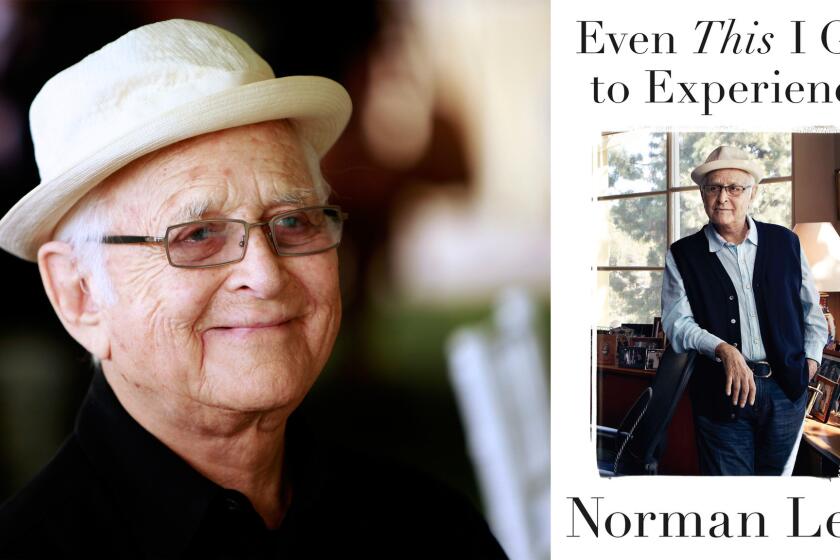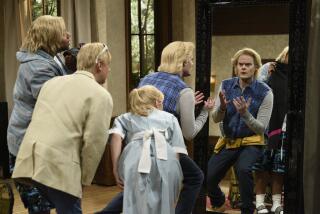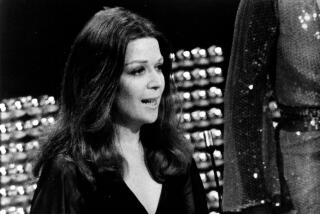Why ‘All in the Family’ would be all but impossible to pull off today
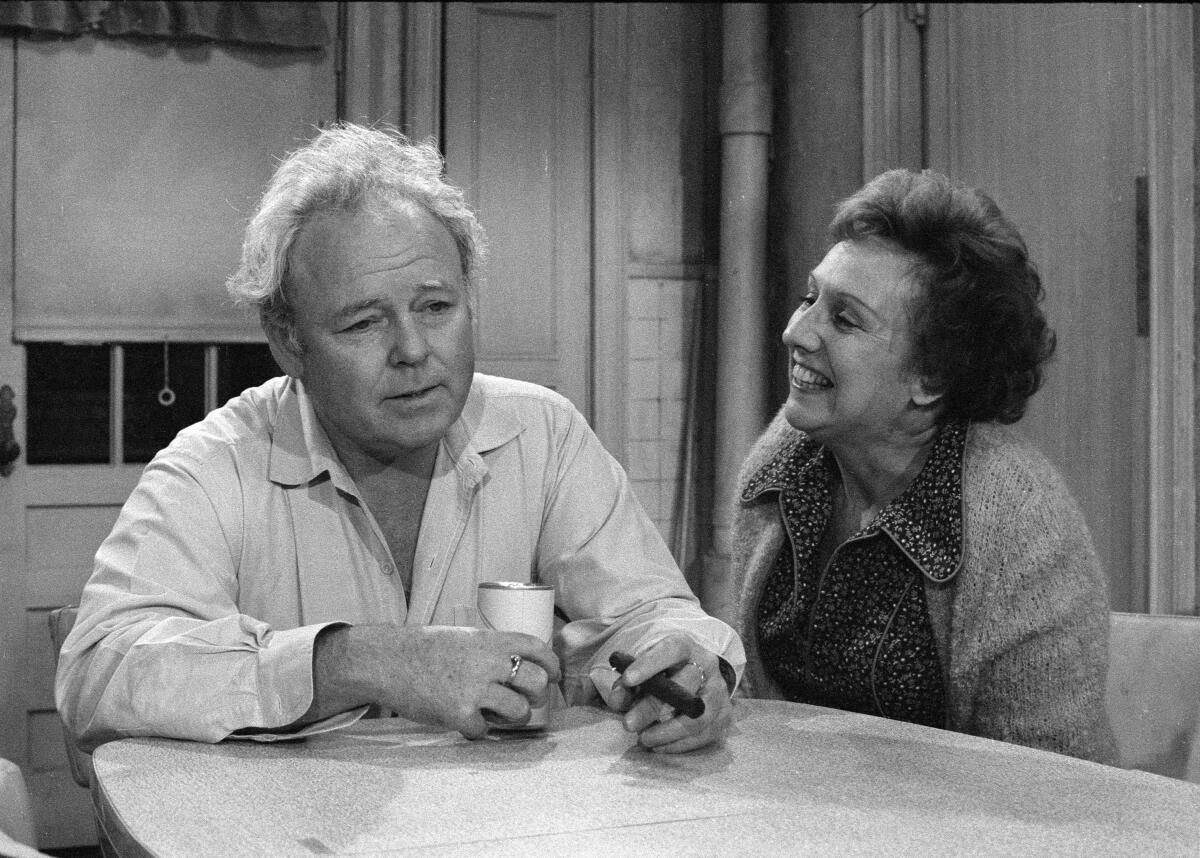
Norman Lear turned 100 on July 27, and to belatedly mark the occasion, ABC is airing a star-encrusted tribute Thursday, “Norman Lear: 100 Years of Music and Laughter.” On broadcast television, the producer’s home for nearly all his TV career.
The series for which he was best known — including “All in the Family,” “Maude” and “The Jeffersons” — were not necessarily my favorite comedies. There was a lot of yelling. (I preferred the becalmed quiet of his formally radical soap opera parody, “Mary Hartman, Mary Hartman.”) But strong memories suggest that I watched them all, along with “Sanford and Son” and “One Day at a Time.” And there’s no question that these shows, born in an era of war protests, (sometimes militant) liberation movements, presidential malfeasance and an ever-widening generation gap, brought something fresh to the medium, making room for passages of seriousness and emotional depth between the crafted laughs. “Good Times” (created by “Jeffersons” son Mike Evans and Eric Monte) was the first full-on Black family sitcom; no one had seen the likes of Sherman Hemsley’s George Jefferson. Lear series have looked at racism, homophobia, misogyny, sexual identity, mental health, addiction, aging, rape, PTSD, immigration, gentrification — if there was a point to make, it would be made.
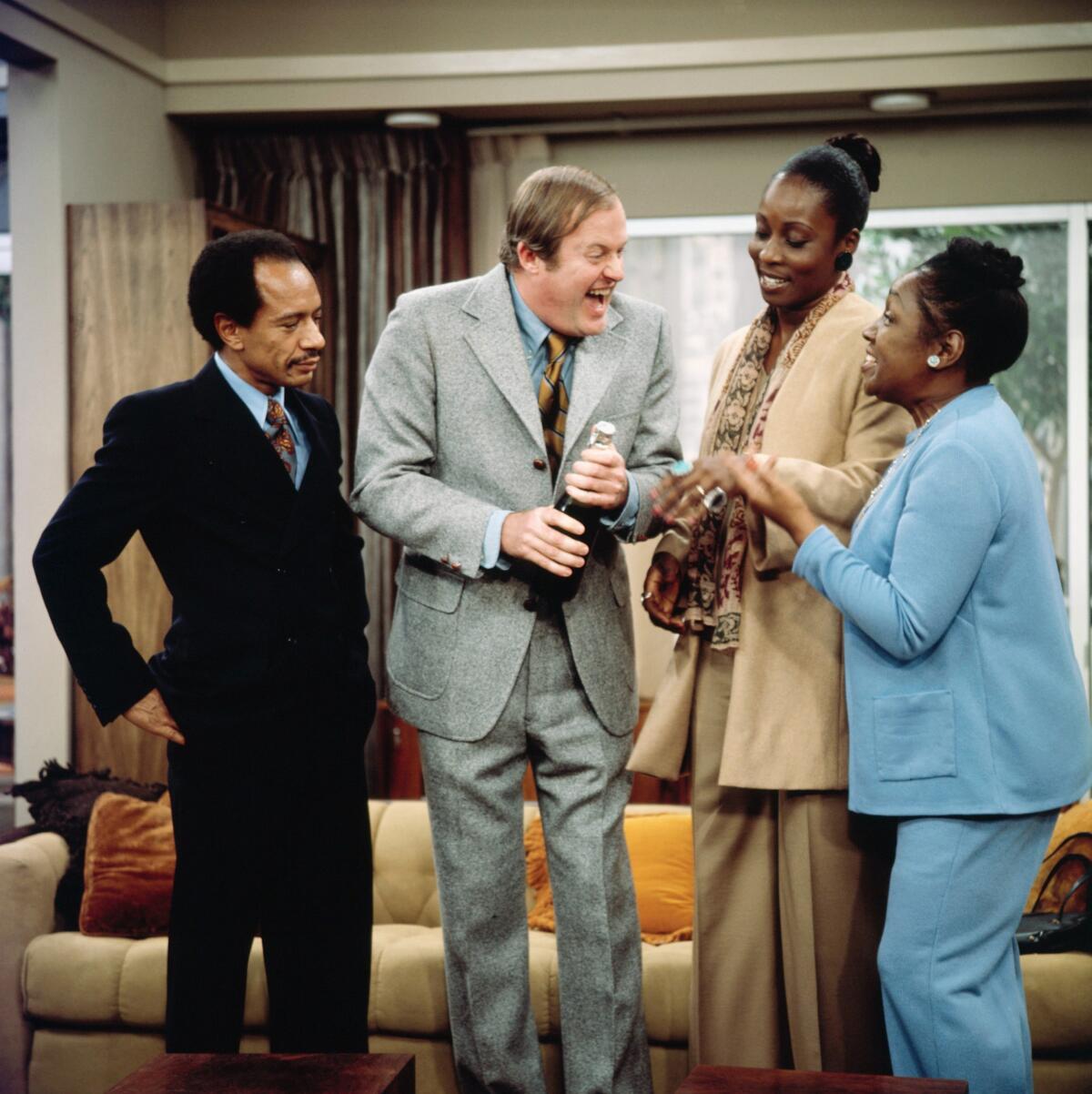
Many of his shows exist in the same fictional world. Before Marvel and DC extended their universes, there was the spinoff. Maude, who first appeared on “All in the Family,” was Edith Bunker’s cousin; Florida, from “Good Times” (a spinoff of a spinoff), had been Maude’s housekeeper. Before they moved on up to a deluxe East Side apartment, the Jeffersons were the Bunkers’ neighbors. Much less successful were “Gloria,” with Sally Struthers as the Bunker daughter, out on her own; “Checking In,” built around the Jeffersons’ former housekeeper, Florence; and “704 Hauser,” from Lear’s brief return to television in the 1990s, in which a Black family moves into the old Bunker house. “Archie Bunker’s Place” was a continuation of “All in the Family”; the faux talk show “Fernwood 2 Night” was a chip off “Mary Hartman, Mary Hartman.”
TV legend Norman Lear celebrated his 100th birthday Wednesday by making the media rounds and offering “a reflection on my first century.”
Born in 1922, Lear was halfway to his centenary when “All in the Family” premiered in 1971; he was by then a seasoned veteran of TV and film, but not one whose name was particularly well known. He began as a comedy writer at the dawn of television, working for Dean Martin and Jerry Lewis on “The Colgate Comedy Hour,” for “The Martha Raye Show” (which he also produced and directed) and for “The Tennessee Ernie Ford Show.” In 1959, Lear co-created his first series, “The Deputy,” a western starring Henry Fonda.
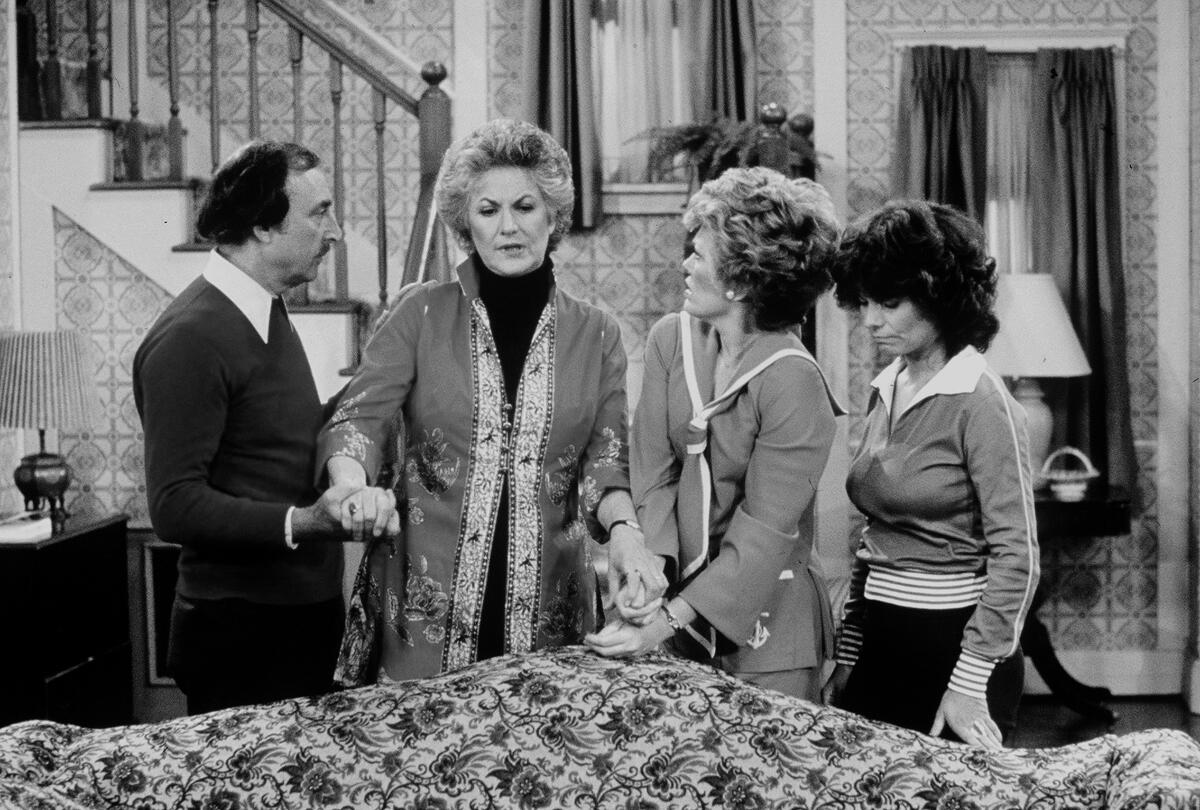
He then teamed up with Bud Yorkin, an Emmy-winning television director who had hired him to write for Ford. In the 1960s, they packaged variety specials and made movies together, including “Come Blow Your Horn,” which Yorkin directed and Lear adapted from the Neil Simon play; “Divorce American Style,” which Lear wrote and Yorkin directed; “Never Too Late,” which Lear produced and Yorkin directed; and the satirical smoking comedy “Cold Turkey,” which Yorkin produced and Lear wrote and directed. It was Yorkin, who would step away from the partnership in 1975, who pointed Lear to the British comedy “Till Death Us Do Part.” Its bickering, politically and socially opposite father and son would provide the model for “All in the Family,” into which Lear folded elements of his own family. And so began what we regard as his real career.
“All in the Family” was not the first comedy to tackle hot-button or political issues. Preceding it by two years were James L. Brooks’ “Room 222,” a high school show (a dramedy really) with Black leads, and the more whimsical “The Governor and J.J.,” a workplace comedy about a conservative governor and his liberal daughter, which sounds very much like Lear before the letter. “The Smothers Brothers Comedy Hour” was famously controversial. But Lear’s insight — perhaps borrowed from “Till Death Us Do Part,” but which he made the foundation of an empire — was to wed topicality to family comedy, traditionally the gentlest of all sitcom forms.
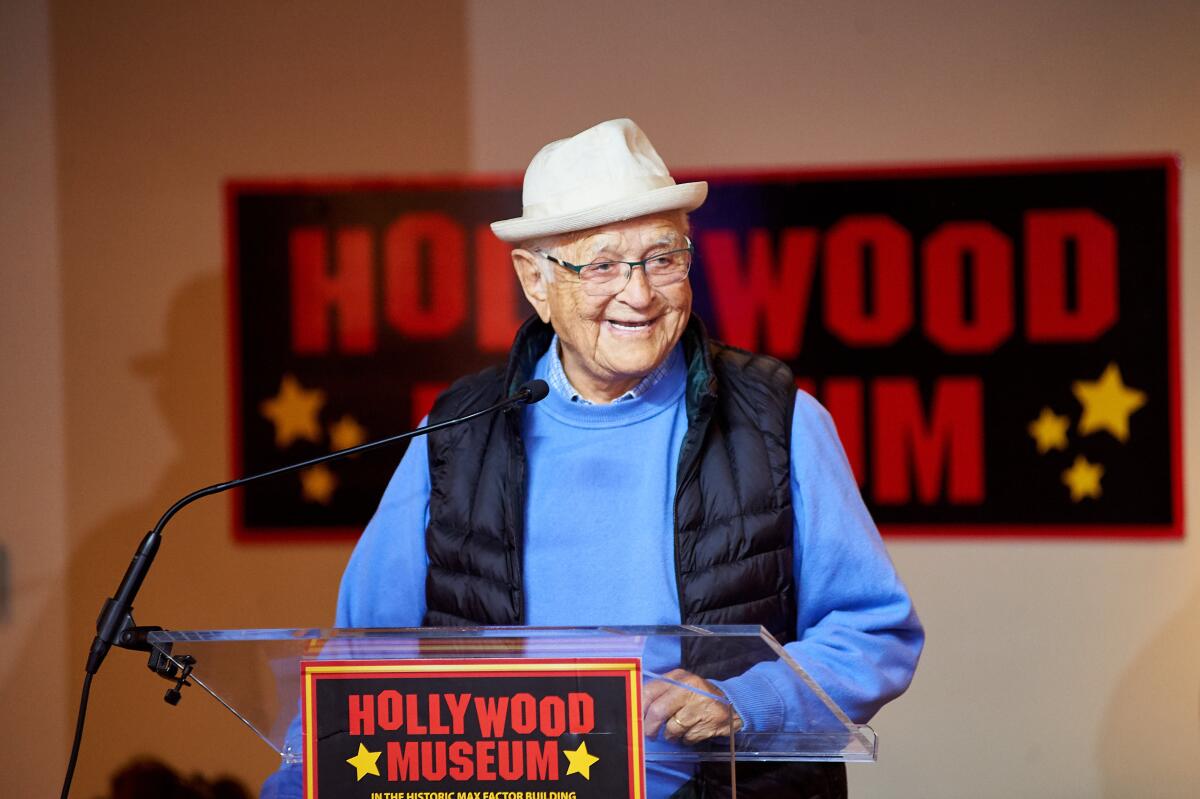
And with few exceptions, Lear’s shows were family comedies, albeit with a twist (often of a knife). Work was mostly incidental to the point; the main cast was largely related, by blood or marriage; most things happened in the living room or the kitchen, the classic settings of multicamera comedy. (The style feels old-fashioned now, but at the time it was novel, the 1960s having been dominated by single-camera sitcoms.) The great situation comedies of the near future were variations on workplace ensemble shows — “M*A*S*H,” “Barney Miller,” “Taxi” — which functioned as a metaphor for family. In Lear series, family provided a metaphor for society.
His method was to put characters with clashing worldviews in close quarters. What distinguishes their arguments from our current flavor of polarization, in which debate is impossible because everybody knows everything, is that they lead to (at least temporary) understanding. (And you are laughing at home, hopefully.) “All in the Family” began with a printed disclaimer, noting that it “seeks to throw a humorous spotlight on our frailties, prejudices and concerns. By making them a source of laughter, we hope to show — in a mature fashion — just how absurd they are.” These series are philosophically optimistic and not incidentally shaped by an overarching need to be funny in a divisive time when television courted the eyes of an entire nation.
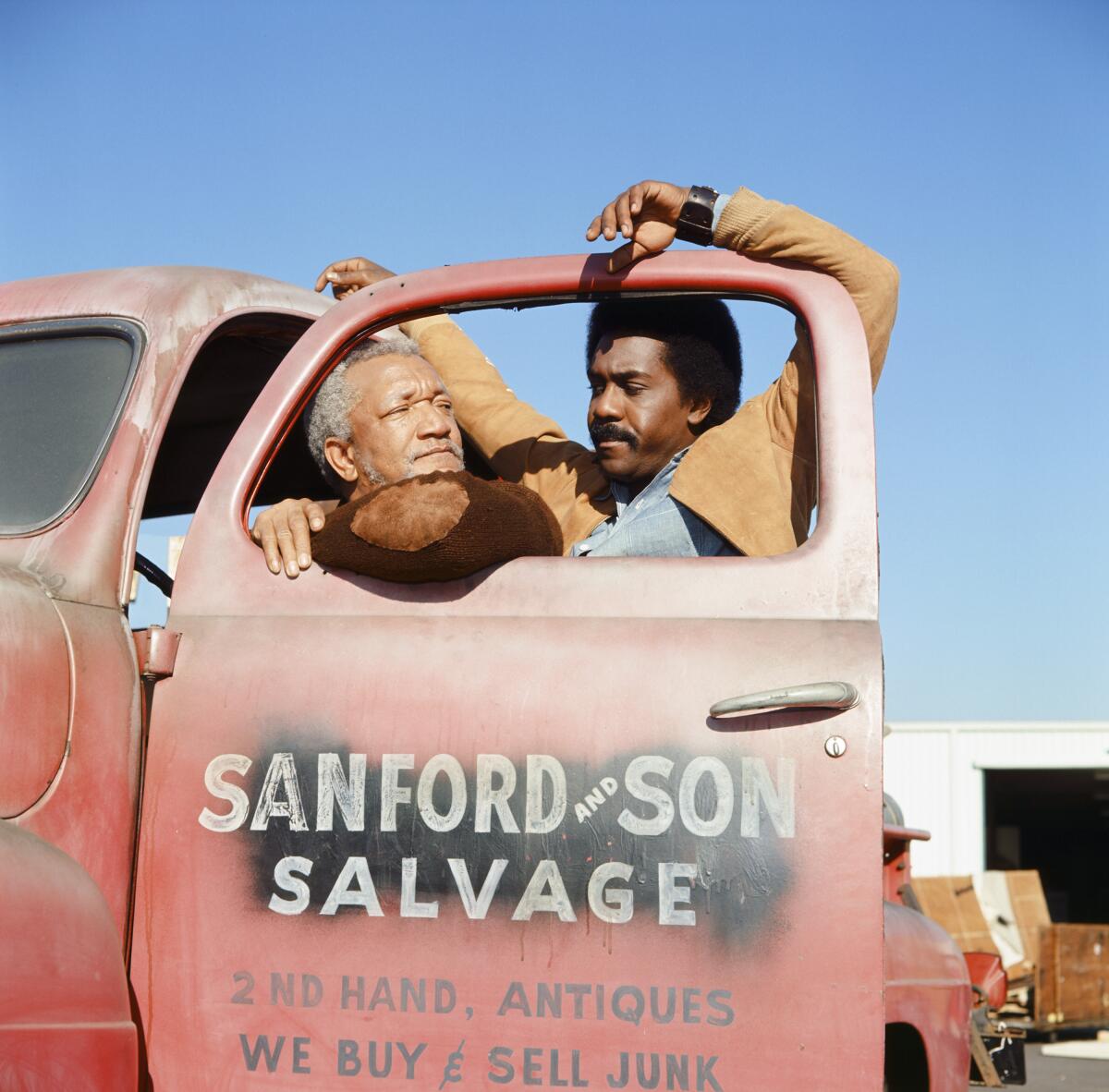
Topicality was not the whole point — laughs were what Lear and his collaborators were paid for, and not every episode of every series had Something to Say — but when issues arose, they were addressed without euphemism or thinly veiled analogies. Language in Lear’s shows of the 1970s is not what could be used in these more sensitive times; Maude got an abortion, early in that show’s first season, before the Supreme Court’s decision in Roe vs. Wade. (Ironically, stars John Amos and Esther Rolle both felt that “Good Times” was not serious enough, prone to stereotypes and lazily reliant on Jimmie Walker’s catchphrase, “Dyn-o-mite!”)
At 92, Norman Lear belongs to a world-tilting generation of writers that, these days, he has almost all to himself.
Because their first duty was to comedy, while these shows don’t exactly steer a middle ground — Lear supports progressive causes — the satire is spread around, more or less equally distributed. Maude and Mike the Meathead can be doctrinaire, pompous, in their liberality; everyone is an idiot sometimes. But most characters can be as admirable as they are aggravating; they have heart, even if buried or deformed by circumstance. John Wayne, noted Republican, had no problem making a guest appearance on “Maude.” Sammy Davis Jr. kissed Archie Bunker the same year he hugged Richard Nixon (who was not a fan). Not every viewer agreed on the meaning of Archie, who was embraced by some of those he was originally meant to lampoon, but every viewer could agree on what Carroll O’Connor brought to him, and the show spent five seasons as America’s most watched. (It’s fitting that Archie’s chair resides in the Smithsonian.)
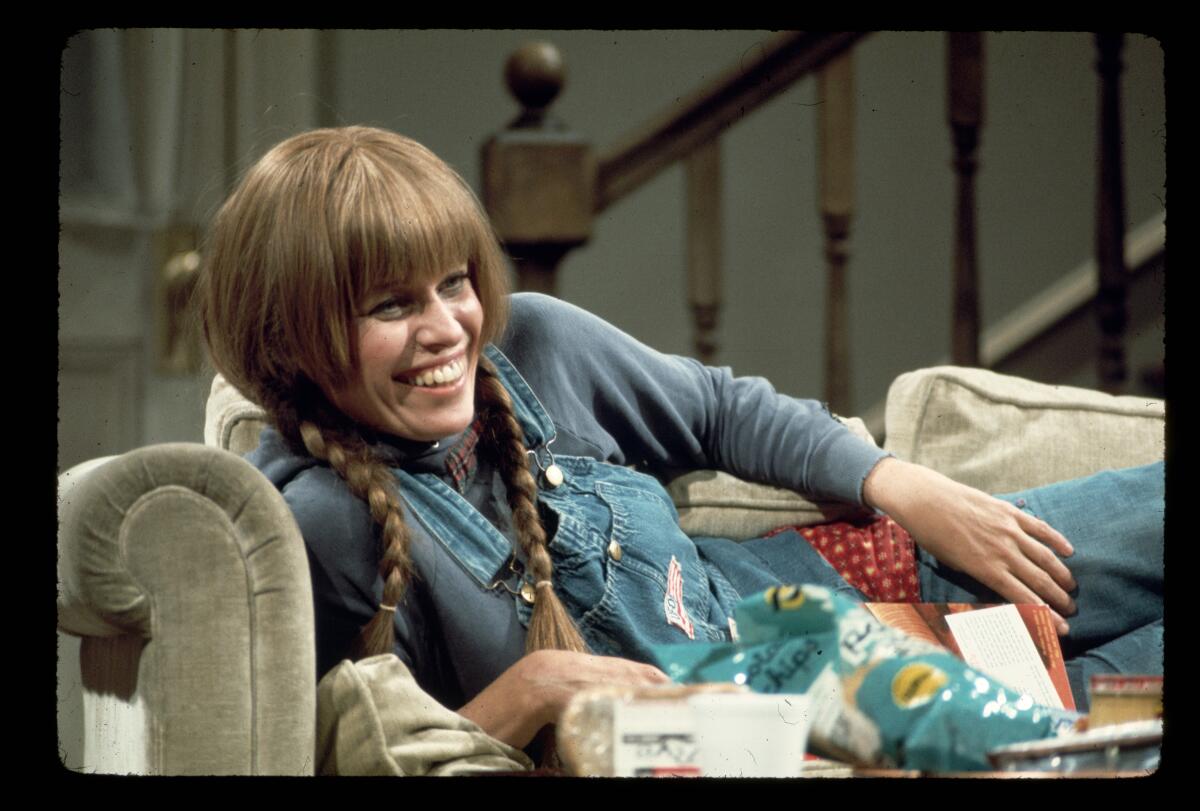
As noisy as they could be, the sound and fury that was a feature of most Lear series signified not so much dysfunction as health. Disagreement, the very possibility of unshackled argument, is in his world a form of patriotism. (He named his advocacy group, launched in 1981, People for the American Way.) “This country has lived in turmoil, and our strength comes out of that turmoil,” Lear said of “I Love Liberty,” an all-star 1982 ABC special timed to George Washington’s 250th birthday but more specifically meant as a riposte to the religious right and the notion that love of one’s country was the exclusive province of any group. As if to make visually explicit a point about people wrapping themselves in the flag, Robin Williams performed as the flag itself. Barbra Streisand sang “America the Beautiful,” and the Muppets attempted to reenact the Second Continental Congress. Lady Bird Johnson and Gerald Ford were co-chairs; Barry Goldwater and Jane Fonda both appeared.
All of the TV work for which Lear is best known aired between 1971 and 1985, when “The Jeffersons,” his longest-running series, went off the air after a decade; he stepped back from television until the early ’90s, and, after a few unsuccessful returns to the medium, stepped back again. He turned his attention to the world, with People for the American Way and the Norman Lear Center for the Study of Entertainment, Media & Society, “a nonpartisan research and public policy center that studies the social, political, economic and cultural impact of entertainment on the world,” based at USC’s Annenberg School for Communication and Journalism. He wrote a memoir, did interviews. In his little white hat, he is a most recognizable figure.
But television is eternal, and Lear, toting his legacy, is back for more. “One Day at a Time” was reborn, superbly, with a Latinx cast. “Live in Front of a Studio Audience” staged old scripts with new actors, as though they were stage plays, though in the bargain they reminded us that the success of these shows owed much to their original stars. “Good Times” is getting an animated revival, from Steph Curry, Seth MacFarlane and Lear, and a “Mary Hartman, Mary Hartman” reboot, with Emily Hampshire of “Schitt’s Creek,” is also in the works. Not a remake, but very much in the house tradition, is the upcoming “Clean Slate,” with George Wallace as a car wash owner and Laverne Cox as his estranged child, a trans woman who comes home to Alabama after 17 years away.
And the best of Lear’s old shows have lived on, not just in memory, but in reruns, and home video, and streaming on demand. They are of their time, to be sure, but the times are not so different now. And with remarkable frequency, the jokes still land.
More to Read
The complete guide to home viewing
Get Screen Gab for everything about the TV shows and streaming movies everyone’s talking about.
You may occasionally receive promotional content from the Los Angeles Times.
